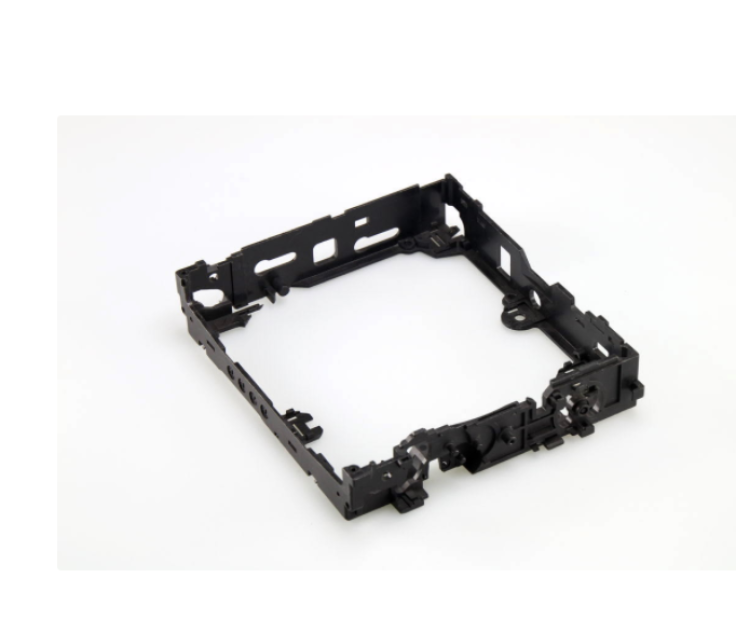
The plastic injection molding process could essentially be summarized into one sentence: melted plastic injects into a metal mold. That is in essence what the injection molding services is. However, there is of course much more to this process. If you want to put it simply, injection molding is a manufacturing process to create parts and products in a quick and efficient manner. The quality will not be sacrificed during the production obviously. A molding machine will be used, this will inject liquid plastic or metal into a mold. This will harden and result in a product. You can create multiple items at the same time in quick succession using injection molding or rapid prototyping, which could also be possible with a CNC service.
What is injection molding used for?
Injection molding is mostly used when a manufacturer needs to produce a large amount of plastic items, usually more than 100 units. This process offers several advantages, one of them being the low cost per piece. You can create an insane number of everyday products using injection molding. There is actually a very high chance that you are currently near an object created with injection molding. An example of a product that has been made with the help of this process is a computer mouse, but car parts are examples of these items too. As you can see, plastic injection molding plays a big role in our lives and most of us do not even realize it.
Steps and control
The plastic injection molding process consists of several steps. This method starts by melting plastic. The melted plastic will then be injected into a mold that is often made of metal. Subsequently, the melted plastic will be cooled to a solid state. After this step is done, you can remove the hardened object from the mold and the process is done. To do the plastic injection molding process in a correct way you need to focus on a few specific processes. Part of this is the temperature, this will have a big effect on a mold's performance. Each plastic has a certain melting point, so different materials will require adjustments. Besides that, you also need to factor in pressure. This applies to the mold cavity, but also to the injection. If you apply too much pressure the material will be extruded from the mold, but too little may result in an incomplete piece.









